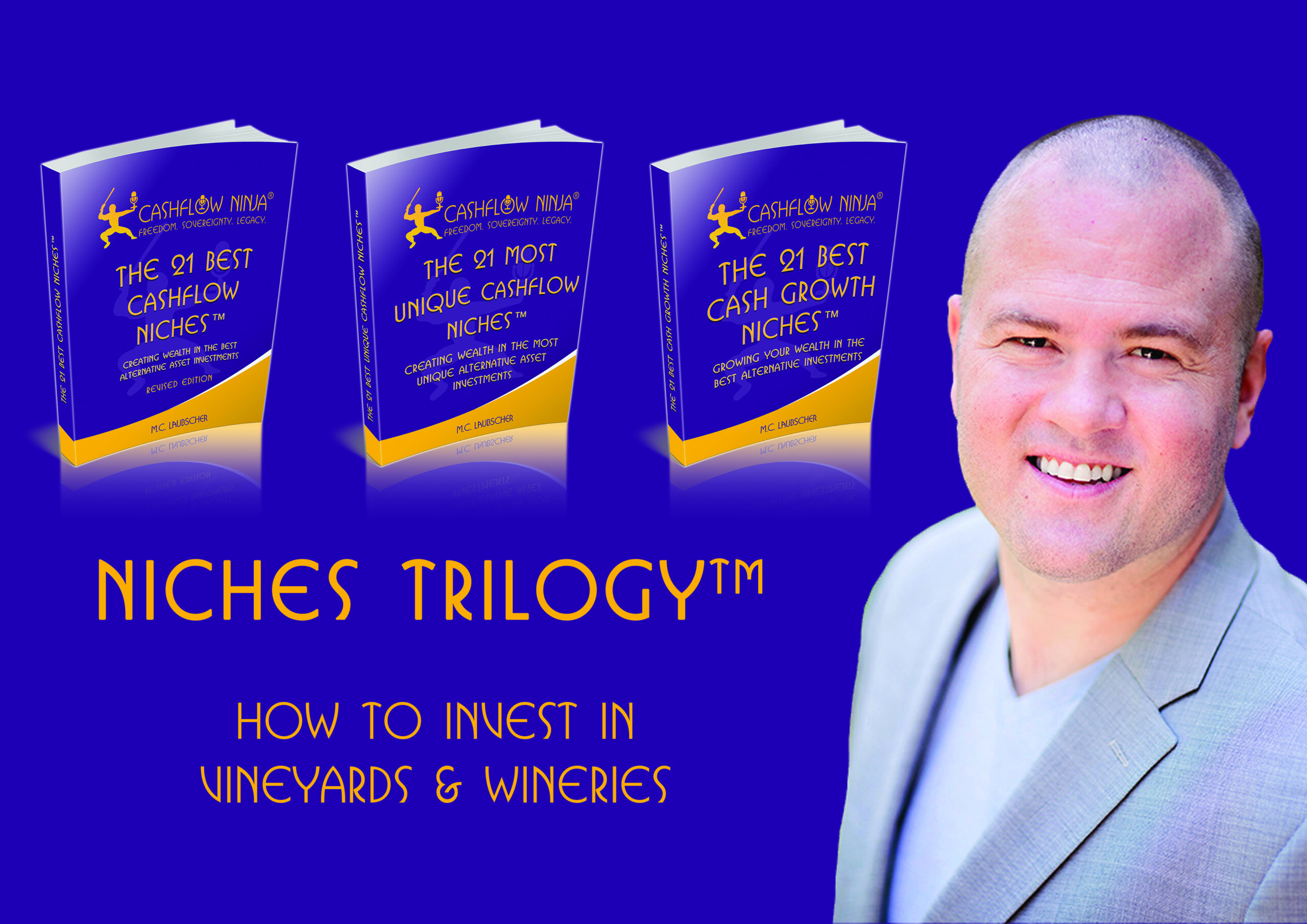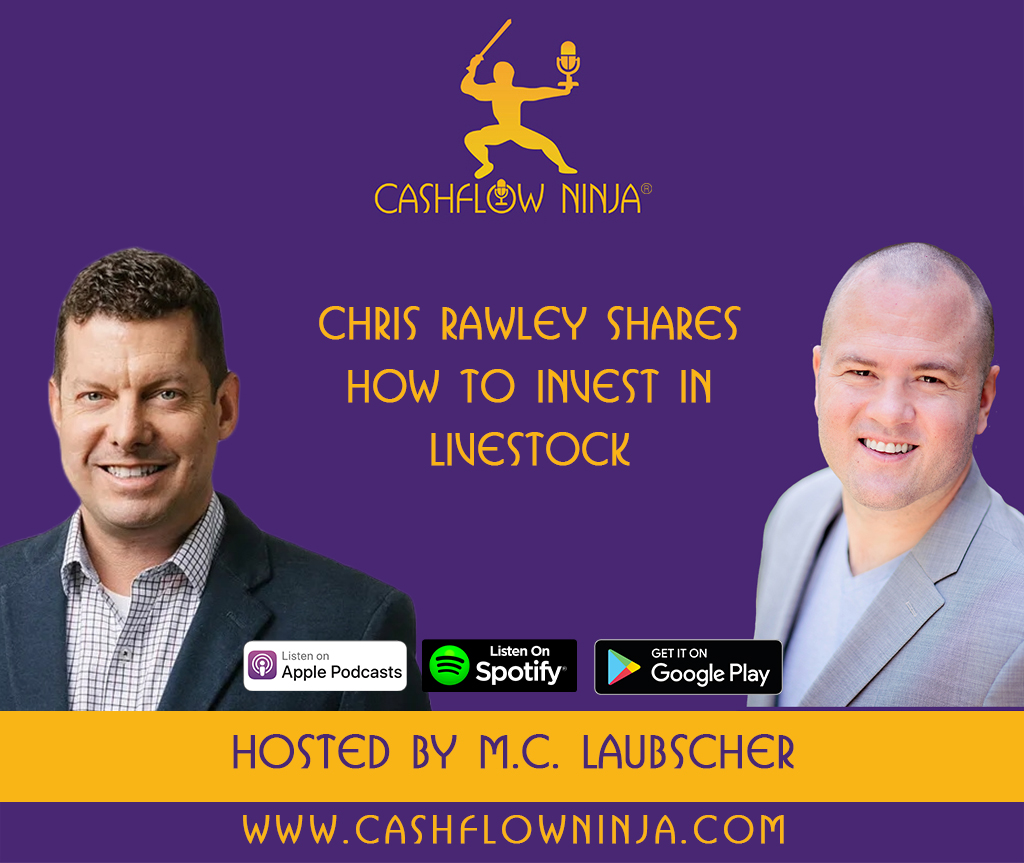
Investing in vineyards and wineries is an attractive option for many. It combines a passion for wine with potential financial gains, and as an asset class, vineyards and wineries offer unique opportunities.
Why Invest In Vineyards & Wineries
Investing in vineyards and wineries combines a passion for wine with the potential for substantial financial gains, presenting a unique and enticing asset class. Vineyards and wineries attract investors for several reasons, each contributing to their appeal and investment potential.
Firstly, like real estate, vineyards are tangible assets. Investors who purchase vineyards own physical land planted with vines that can appreciate over time. Additionally, a winery’s operations, including wine production and sale, contribute further tangible assets such as buildings, equipment, and inventory. This aspect of tangible asset investment often provides a sense of security and substance to the investment.
Secondly, many investors are drawn to the lifestyle and prestige associated with owning a vineyard or winery. It’s not merely an investment in land or a business; it’s also a passion project that can offer personal fulfillment and enhance social status. The lifestyle appeal of being involved in wine production and the wine community can be a significant draw.
Moreover, vineyards offer the potential for appreciation in value for several reasons, including the development of the land itself, increasing demand for wine globally, and the potential for the winery’s brand to gain prestige and market share. These factors can combine to enhance the asset’s worth over time.
Lastly, owning a winery can yield product-based returns. Beyond mere asset appreciation, the actual sale of wine produced at the winery can provide a more immediate return on investment. This is a distinctive benefit compared to other real estate investments, which typically generate returns through rental income or land appreciation. The ability to produce and sell a product introduces a direct way to generate revenue and profit from the investment.
Overall, investing in vineyards and wineries offers a multifaceted opportunity with both financial and personal rewards, albeit with the challenges typical of managing agricultural and product-based businesses.
Vineyard & Winery Ecosystem
The ecosystem of vineyards and wineries is an intricate blend of agricultural practices, production processes, and market dynamics, each critically shaping the industry’s success and sustainability. At the foundation of this ecosystem is viticulture, or grape growing, which focuses on cultivating grape varieties that are well-suited to the local climate and soil, known as terroir. Vineyard managers and viticulturists are essential, employing practices such as pruning, canopy management, and pest control to nurture healthy grapes capable of producing high-quality wine. The selection of grape varieties, timing of the harvest, and adherence to sustainable agricultural practices significantly influence the quality of the wine produced.
Following the harvest, the winemaking process begins, encompassing the crushing and pressing of grapes, fermenting the juice, maturing the wine, and eventually bottling it. Winemakers make critical decisions regarding the use of technologies and techniques, such as the choice between oak barrels and stainless steel tanks for aging, which directly affect the wine’s flavor, aroma, color, and texture, thereby defining the winery’s signature style.
Research and innovation also play a vital role, with research institutions and universities collaborating with vineyards to enhance grape cultivation and winemaking techniques. This might include developing drought-resistant grape varieties, eco-friendly pest management systems, or advanced fermentation technologies that improve flavor profiles and efficiency. Alongside these innovations, the wine industry faces stringent regulation and certification processes that govern production, labeling, distribution, and sales. In contrast, certifications for organic, biodynamic, and sustainable practices increasingly influence consumer preferences and market access.
Marketing and sales are other crucial components involving branding, packaging, and strategic market positioning. Wineries sell directly to consumers via tasting rooms or wine clubs, but they also distribute through retailers, restaurants, and online platforms. The international wine market demands a deep understanding of varied market tastes and regulatory environments. Wine tourism enhances this dynamic by offering vineyard tours, tastings, and harvest experiences, which serve as direct marketing tools and revenue boosters through associated hospitality services like events, accommodations, and dining.
Environmental sustainability is becoming more crucial within the vineyard and winery ecosystem. Efforts to manage carbon footprints, water and soil health, and local biodiversity are now standard practices driven by increasing consumer awareness of environmental issues. Moreover, vineyards and wineries often become integral parts of their local communities, contributing economically and culturally, preserving local traditions, and supporting community events and causes.
Overall, the vineyard and winery ecosystem is a diverse and integrated network that requires a balance of tradition and innovation, combining science and art and engaging local and global markets. Each element, from grape cultivation to the final glass, is crucial in crafting the wine and ensuring the winery’s success.
How To Generate Income
Investing in vineyards and wineries offers diverse and potentially lucrative avenues for generating income and achieving financial growth.
Here’s a detailed look at how investors can profit from these ventures:
Capital Appreciation: Similar to other real estate investments, vineyards’ value can be appreciated over time. This appreciation can result from several factors, including property development, enhancements to the vineyard’s infrastructure, successful winery branding, and general increases in land values in the area. When these factors align favorably, investors can realize significant gains upon selling the property.
Wine Sales: The primary means of income generation from a vineyard or winery is selling wine.
This can occur through several channels:
- Retail Sales: Selling wine directly to consumers via a tasting room or a winery-owned retail outlet.
- Wholesale: Distributing wine to restaurants, wine shops, and grocery stores.
- Direct-to-Consumer Channels: Leveraging wine clubs and online sales can offer higher margins and help build a loyal customer base.
- Exports: Selling wine in international markets, often at premium prices, depending on the brand’s positioning and regional demand.
Agritourism and Hospitality: Many vineyards and wineries boost their income through agritourism activities. Developing services like wine tours and tasting rooms, hosting weddings and events, and even offering accommodations allows investors to tap into additional revenue streams. These activities bolster wine sales and significantly enhance the winery’s branding and customer loyalty.
Leasing Land or Facilities: Investors can also generate income by leasing out parts of their vineyard land for other agricultural uses or renting out winery facilities for events and other activities. This provides a steady income stream, which is especially beneficial if the investors prefer to avoid managing the day-to-day operations of wine production.
Bulk Wine and Grape Sales: Some owners sell bulk wine or grapes to other wineries instead of producing and marketing their own branded wine. This approach can offer a quicker return on investment, bypassing the complexities and time required to establish a competitive brand in the wine market.
Tax Advantages: Vineyard investments can yield specific tax benefits, such as deductions for business expenses, depreciation, and incentives for sustainable farming practices. These benefits can indirectly enhance profitability by reducing the tax burden on the income generated from the vineyard and winery operations.
How To Lose Money
Investing in vineyards and wineries offers the potential for substantial rewards but also entails significant risks that can lead to financial losses. For anyone considering this type of investment, it’s crucial to understand the various ways money can be lost.
The capital required to purchase and operate a vineyard or winery can be extensive. Initial costs often include purchasing land and potentially upgrading or building facilities. Operating expenses cover everything from vine care and winemaking processes to labor, marketing, and sales. Mismanagement of these costs or underestimating the necessary investment can significantly strain finances and lead to losses.
The wine industry is inherently volatile, with fluctuations in market demand and shifts in consumer preferences frequently occurring. Economic downturns can diminish luxury spending, including wine purchases, while an oversupply in the market can lead to reduced prices. Such conditions may force investors to sell wine at prices not covering production costs, resulting in financial losses.
Agricultural ventures like vineyards are subject to environmental risks. Adverse weather conditions such as frost, hail, or drought can devastate crops and significantly reduce yield. Additionally, diseases and pests pose constant threats to grapevines, potentially ruining entire vintages.
Regulatory risks also impact the wine industry, a heavily regulated sector. Changes in laws or regulations can affect the ability to produce or sell wine effectively. For instance, new restrictions on shipping wine directly to consumers can negatively affect a winery’s bottom line, and international trade barriers or tariffs can decrease the profitability of exporting wine.
The complexity of wine production requires specific expertise, and poor decision-making at any production stage—from the vineyard to the bottling line—can compromise wine quality. A bad vintage can harm a winery’s reputation and sales, impacting financial returns. Furthermore, vineyards and wineries typically represent long-term investments. It takes several years for newly planted vineyards to yield commercially viable grapes, and the wine production process, especially for wines that need aging, adds additional years before the product can be sold.
Effective management is essential for the success of a vineyard and winery. Poor management can lead to operational inefficiencies, high staff turnover, or suboptimal sales and marketing strategies. The reliance on skilled labor for both viticulture and viniculture means that labor disputes or shortages can disrupt operations and result in losses. Additionally, while the land might appreciate over time, the physical assets associated with winemaking—such as equipment, barrels, and facilities—can depreciate. If not properly maintained, replacing or repairing these assets can be expensive.
Potential investors should conduct thorough due diligence to mitigate these risks, engage with experienced consultants, and develop a robust business plan that accounts for best-case and worst-case scenarios. Including financial buffers to handle unexpected challenges and diversifying investments so that they do not rely solely on the vineyard or winery for returns are also prudent strategies.
Investing in vineyards and wineries requires a mix of passion, patience, and prudence. Although the allure of owning a vineyard is strong, the financial risks involved are significant and must be carefully managed to avoid potential pitfalls.
Positives & Negatives Investing In Vineyards & Wineries
Positives:
- Long-Term Capital Appreciation: Land, especially in well-known wine regions, often appreciates in value over time. As the winery’s reputation grows, so can the property’s value.
- Lifestyle and Prestige: Owning a vineyard or winery comes with a certain prestige and lifestyle that many find appealing. It can be a passion project that offers personal satisfaction beyond financial returns.
- Tangible Asset: Like real estate, vineyards offer the security of a tangible asset. Investors have something physical to show for their money, which can be a comforting alternative to stocks or bonds.
- Diversification: Adding a vineyard or winery to an investment portfolio can help diversify assets, potentially reducing risk. Wine industry performance doesn’t always correlate directly with other economic sectors, providing a buffer against market fluctuations.
- Product Revenue: Beyond just appreciating in value, vineyards and wineries produce wine, which can generate ongoing revenue. Successful brands may also command premium prices for their products.
- Potential for Agritourism: Many vineyards boost their income through tourism-related activities, such as wine tastings, tours, and hosting events, which can be significant revenue streams.
Negatives:
- High Initial Investment: The startup and operational costs for vineyards and wineries can be very high, including land acquisition, vine planting, and winery equipment.
- Complexity and Skill: Successfully running a vineyard and winery requires specific knowledge and skills in both viticulture and business. The learning curve can be steep and expensive.
- Market Volatility: While fine wines can increase in value, the market can be volatile and affected by changes in consumer taste, economic downturns, and overproduction within the industry.
- Weather Dependency: Agricultural investments are highly dependent on weather conditions. Adverse weather can destroy crops and significantly affect production levels.
- Long-Term Horizon for Returns: It can take many years before a new vineyard starts producing grapes suitable for high-quality winemaking, and even longer for a winery to become profitable.
- Regulatory Challenges: The wine industry is heavily regulated. Compliance with local, national, and international laws can be complex and costly.
- Labor Intensive: Vineyards require a lot of manual labor, and finding and retaining skilled workers can be challenging and expensive.
- Environmental Impact: Vineyards can face criticism for their environmental impact, particularly concerning water use and pesticide application. Sustainable practices can be more expensive but increasingly necessary.
Investment Opportunity Filter™
The Investment Opportunity Filter™ evaluates an investment opportunity based on cashflow, tax benefits, appreciation, and the leverage it provides.
Vineyards and wineries score a 4/4 with The Investment Opportunity Filter™.
Vineyards and wineries provide great cashflow, have great tax benefits, and can increase in value with great management and operations. You can also leverage the skill sets, capabilities, networks, and capital of others.
Subscribe To Our Weekly Newsletter:
The Wealth Dojo: https://subscribe.wealthdojo.ai/
Download all the Niches Trilogy Books:
The 21 Best Cashflow Niches
Digital: https://www.
Audio: https://podcasters.spotify.
The 21 Most Unique Cashflow Niches
Digital: https://www.
Audio: https://podcasters.spotify.
The 21 Best Cash Growth Niches
Digital: https://www.
Audio: https://podcasters.spotify.
Listen To Cashflow Ninja Podcasts:
Cashflow Ninja
https://podcasters.spotify.
Cashflow Investing Secrets
https://podcasters.spotify.
Cashflow Ninja Banking
https://podcasters.spotify.
Share This
Related

840: Chris Rawley: How To Invest In Livestock
My guest in this episode is Chris Rawley. Chris is a retired Navy Reserve Captain, founded Harvest Returns in 2016 to democratize agricultural investments. During his 30-year military career, Rawley served in leadership roles across naval, expeditionary, and joint special operations units, deploying to regions such as Afghanistan, Iraq, Africa, the Middle East, and the…

839: Louis O’Connor: The Exciting Trends For Rare Earth Metals Right Now
My guest in this episode is Louis O’ Connor. Louis is the Founder, and Principal of Strategic Metals Invest. We are the only industry supplier in the world to offer private investors the option to purchase and profit from owning Strategic Metals. The investment play is exactly the same paradigm as investing in Precious Metals,…

838: Michael Cobb: How To Buy Your Home Overseas And Get It Right The First Time
Our guest today is Mike Cobb, co-founder & CEO of ECI Development and President of Gran Pacifica. Named among the “100 Outstanding CEOs in Central America” by Mercados & Tendencias, Mike left a successful career in the computer industry to pursue opportunities in the emerging real estate markets of Central America. In 1996, he co-founded…
